Affiliate links on Android Authority may earn us a commission. Learn more.
What is Samsung Super Fast Charging and how fast is it?
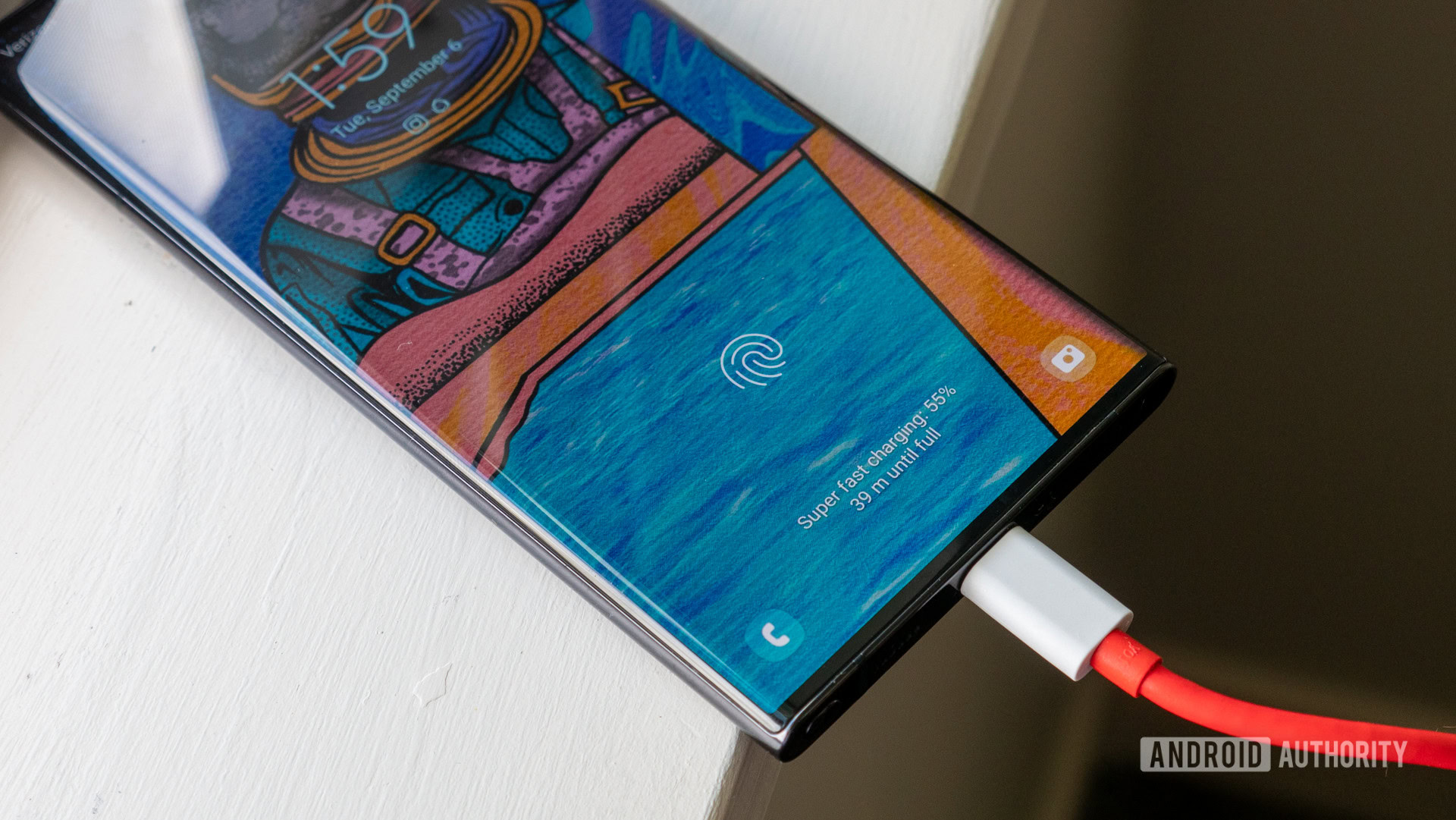
Samsung’s smartphones have all supported fast charging for a while now, but the company is now bringing Super Fast Charging technology to more and more devices. You’ll find the feature present on flagship devices like the Galaxy S24 series as well as mid-range models like the Galaxy A35. But the question is, how does it perform? Moreover, is Samsung’s 45W Super Fast charger worth paying for if you already have an older USB-A or Power Delivery-capable adapter lying around?
What is Samsung Super Fast Charging?
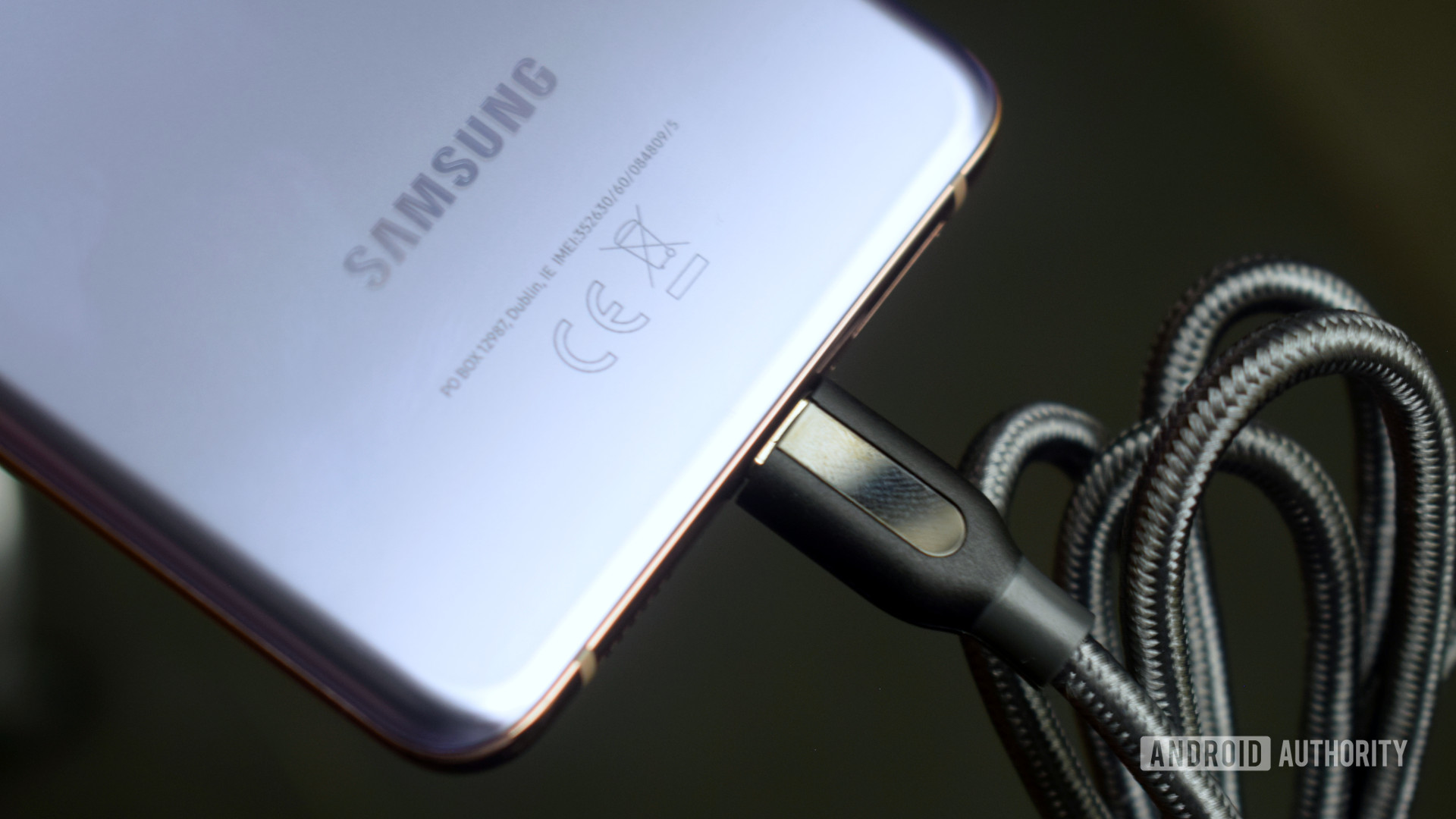
The Galaxy S10 5G from 2019 was Samsung’s first smartphone to offer Super Fast Charging, with support for up to 25W of power. The company one-upped itself a few months later with the Galaxy Note 10 Plus, which debuted with even faster 45W charging. Somewhat confusingly, however, Samsung used the Super Fast Charging label for both 25W and 45W charging. That tradition continues to this day.
Samsung Super Fast Charging guarantees 25W of peak charging power, with potential to go beyond.
In a nutshell, Samsung Super Fast Charging guarantees a minimum charging power of 25W. On select devices like the Galaxy S23 Plus and S23 Ultra, that figure jumps up to 45W. Keep in mind that you’ll need a 45W-capable adapter to take advantage of the latter.
Super Fast Charging replaced Samsung’s older Adaptive Fast Charging technology, which offered a maximum output of just 18W. Most smartphones have moved past 18W charging these days, with some exceptions like the affordable Pixel 8a.
Is Samsung 45W Super Fast Charging better than 25W?
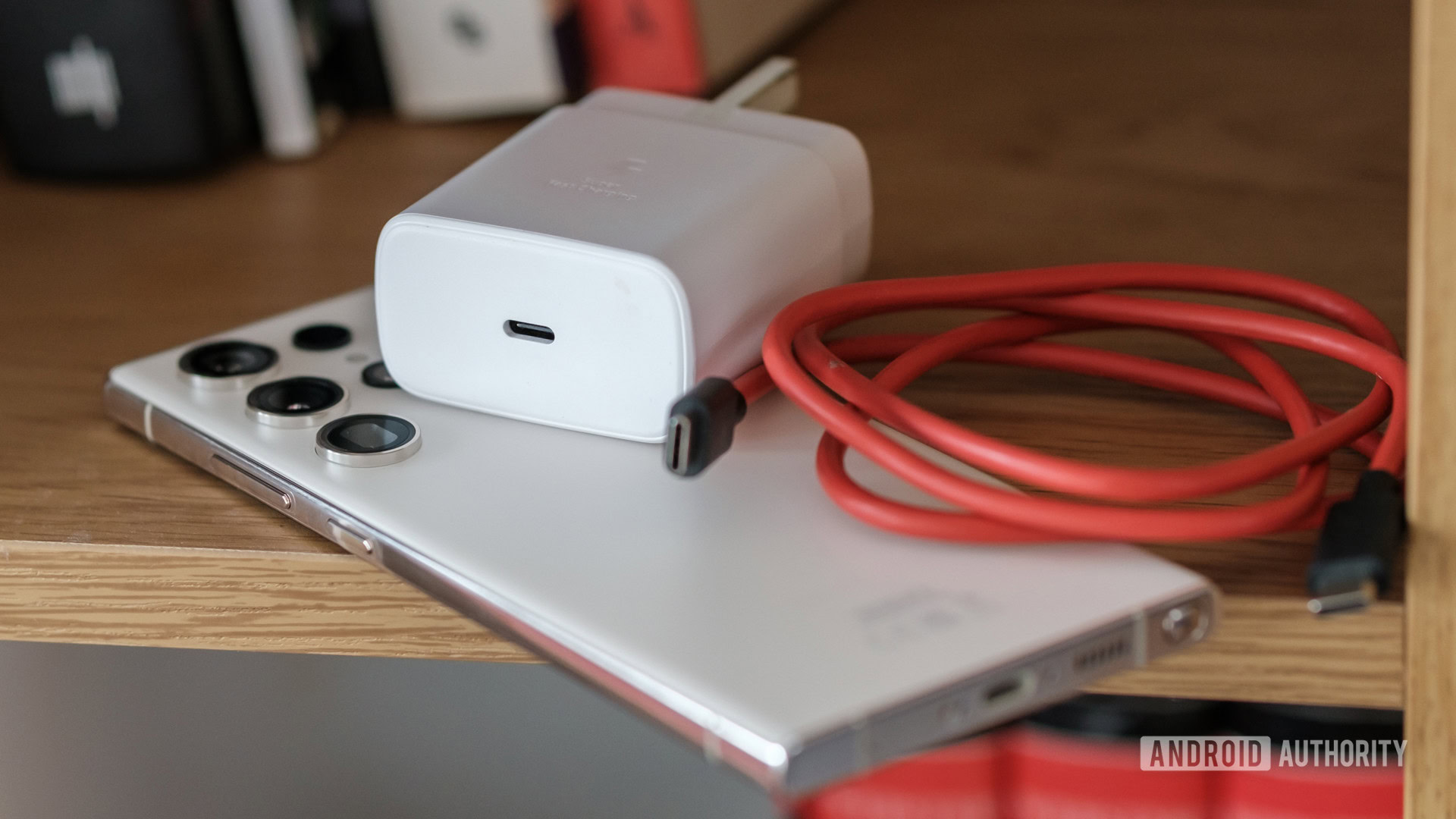
While 45W charging may seem like a big upgrade over 25W, the difference isn’t very profound in the real world. Batteries can only accept maximum power for a brief period of time, right at the start of the charging process. Samsung has also opted to be more conservative than other manufacturers, at least on its current crop of smartphones. Our testing revealed that the Galaxy S23 Ultra pulls just 30W of power most of the time. That isn’t too far off from the 25W adapter’s capabilities.
Regardless of which Samsung Super Fast Charging variant you opt for then, you can expect your smartphone to be fully charged in just over an hour. Using a 45W adapter will shave roughly seven minutes off a full charge on a Galaxy S22 Ultra, versus a 25W adapter. Luckily, we’re also seeing Samsung improve its software over time. The S24 Ultra charges in 62 minutes using the same 45W charging adapter.
On the other hand, Samsung limits many of its mid-range (and even high-end) devices to 25W. On a device like the Galaxy A35 5G, this results in a charging time of over 80 minutes. The following chart showcases just how long 25W charging can take on smartphones with a relatively large 5,000mAh battery.
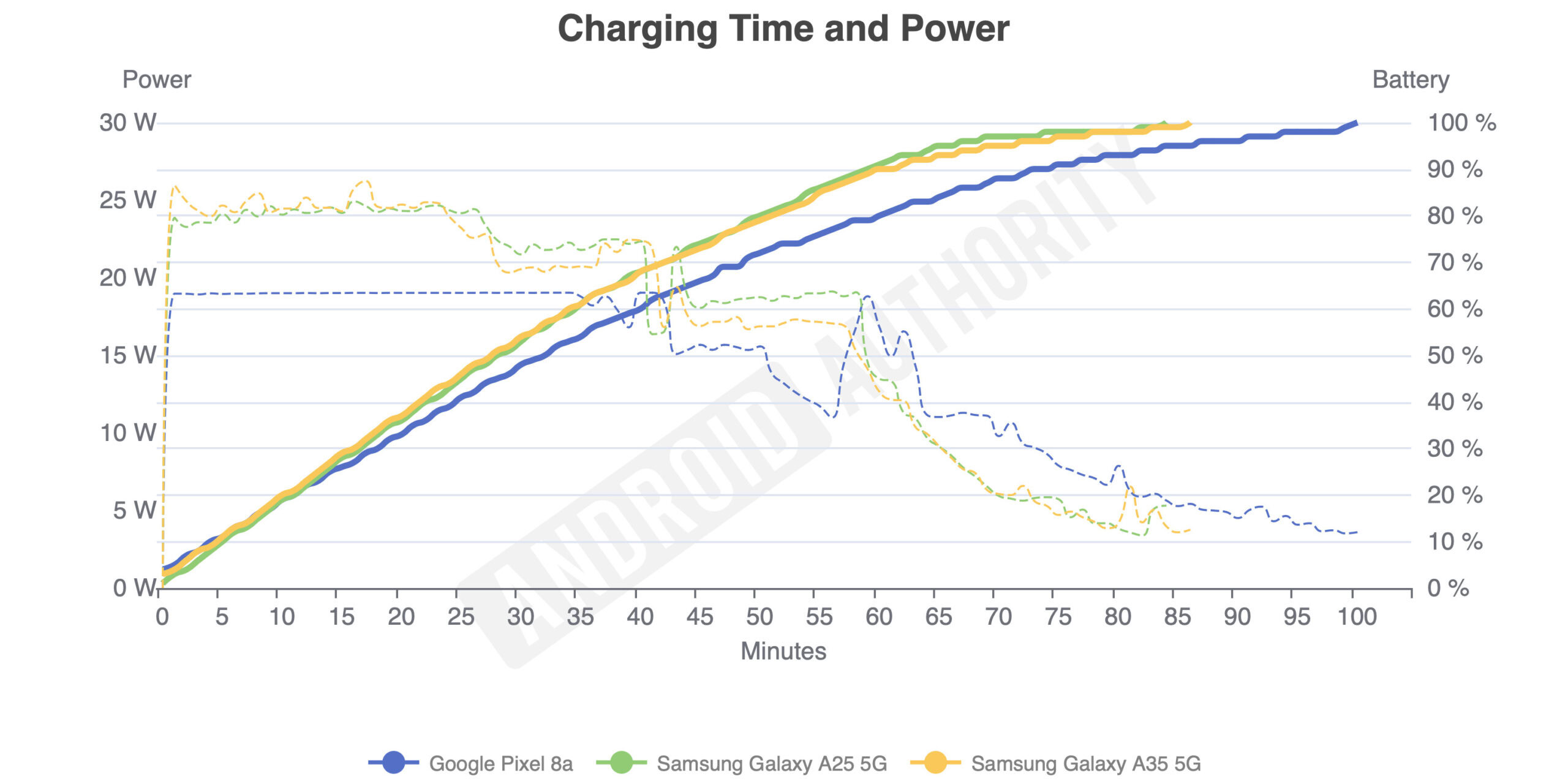
Samsung’s high-end foldables, the Galaxy Z Flip 6 and Fold 6, also get relegated to 25W charging, despite their premium positioning due to size and heat constraints.
The Super Fast Charging 2.0 label refers to Samsung’s fastest 45W charging speeds.
How does Samsung’s fast charging fare against other standards?
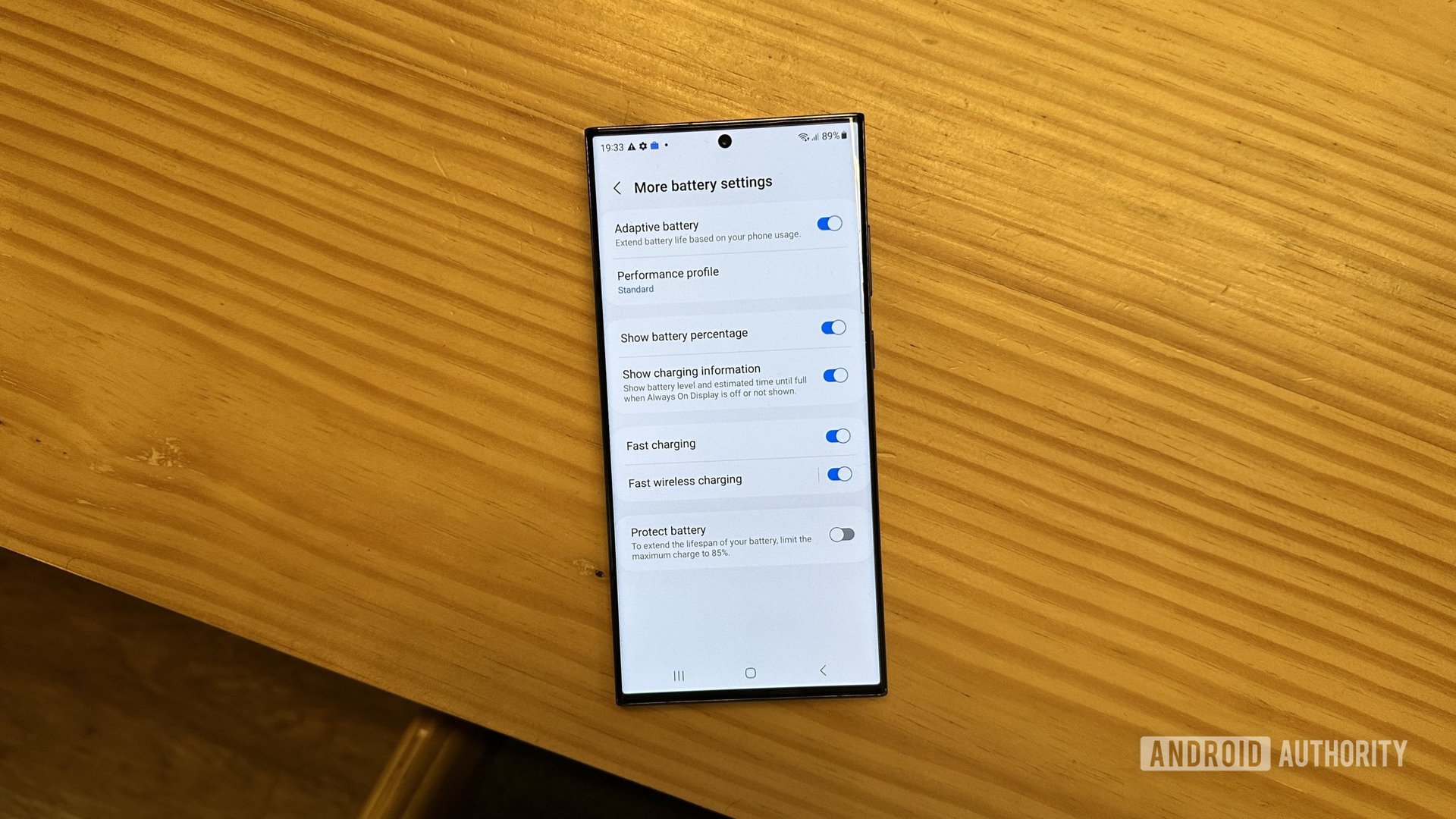
Samsung’s 45W (and even 25W) charging is an upgrade over older tech, but it’s not the fastest today. That said, Samsung has one key advantage over the competition — it’s built upon the universal USB Power Delivery standard. This means you can use the same adapter to fast charge your smartphone, laptop, and tablet — even if they’re all made by different manufacturers.
In fact, Samsung’s Super Fast Charging is based on the newer USB PD Programmable Power Supply (PPS) standard. In a nutshell, PPS enables your device to communicate and negotiate the optimal power output with the adapter in real-time. The only downside is that you need to use an adapter with USB PD PPS support — a standard USB PD charger will be capped at 18W.
Samsung uses the universal fast charging standard, even if it means sacrificing a bit on speed.
In case you’re wondering how Samsung stacks up against the competition, OPPO’s SuperVOOC and Xiaomi’s HyperCharge technologies can both achieve upwards of 100W already. However, these are proprietary standards that require you to use manufacturer-specific adapters.
Samsung’s charging technology is far more conservative compared to these standards. This strategy minimizes heat output while charging and prevents battery degradation in the long term.
Still, you can use any USB PD PPS charger to achieve Super Fast Charging on your Samsung smartphone — a big selling point. This is the same standard used by many other gadgets, includingthe Google Pixel and Motorola smartphones as well as laptops like the Macbook Air.
FAQs
You can turn off Super Fast Charging on your Samsung smartphone via Settings > Battery > More battery settings > Fast charging
Samsung offers a 80% battery charge limit, which you can toggle by enabling the “Protect battery” toggle in Settings > Battery > More battery settings.